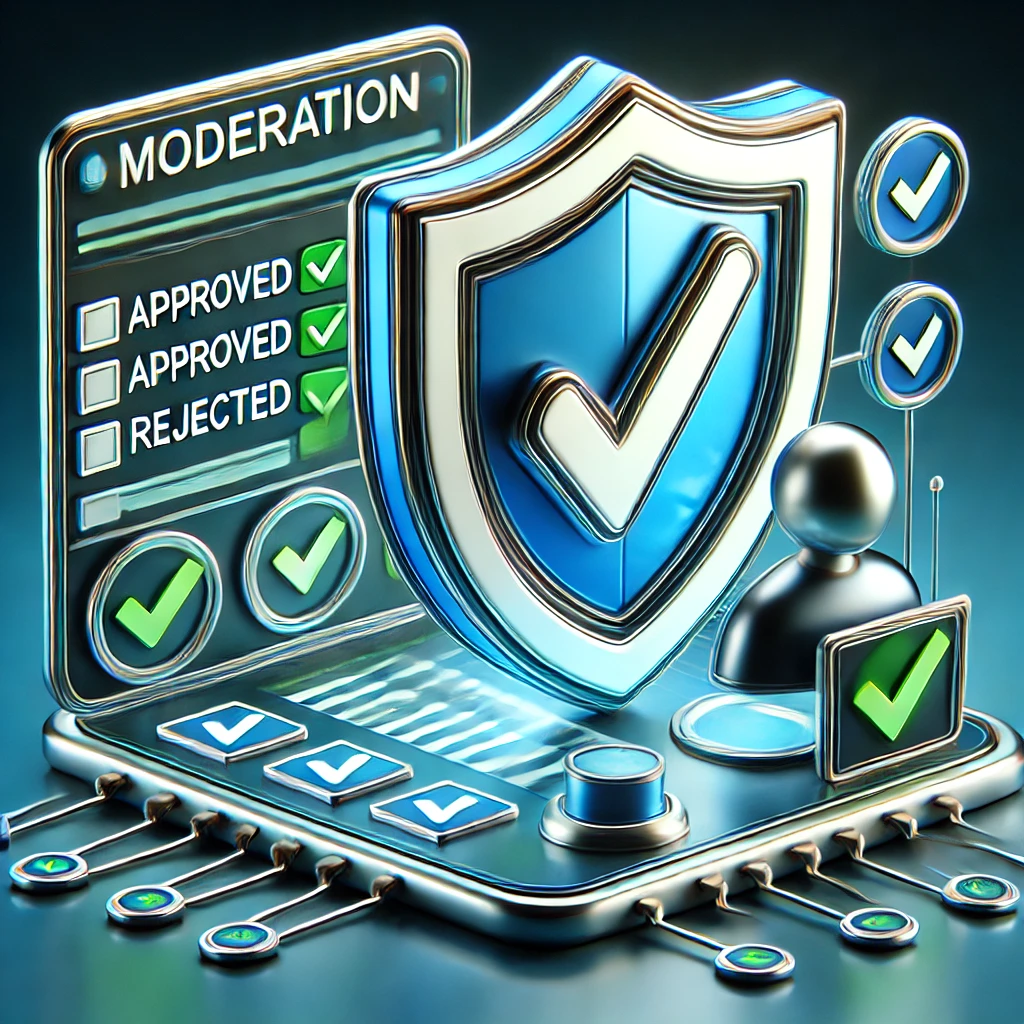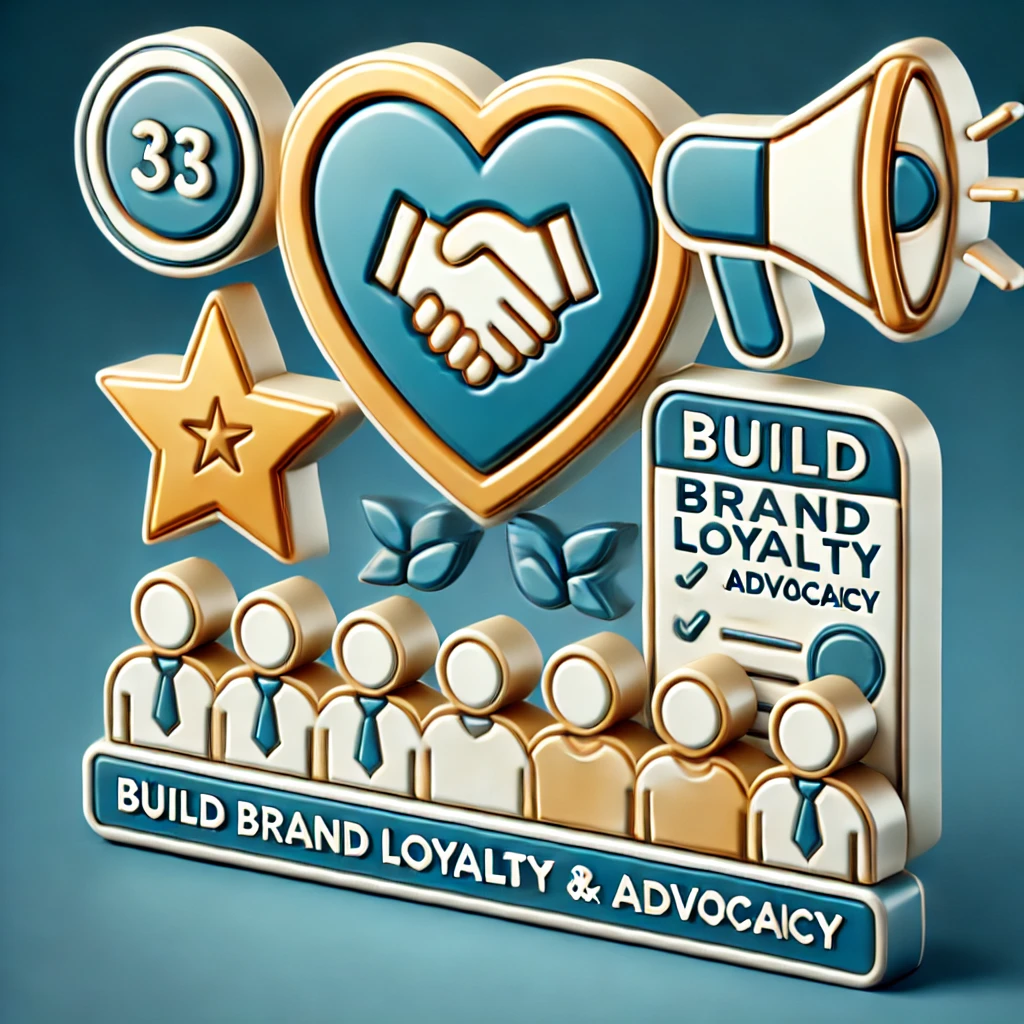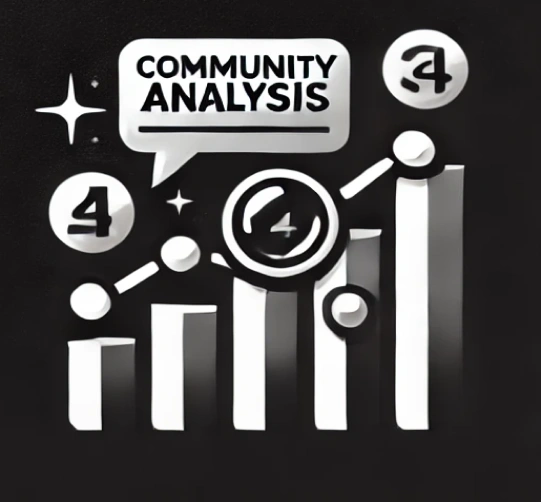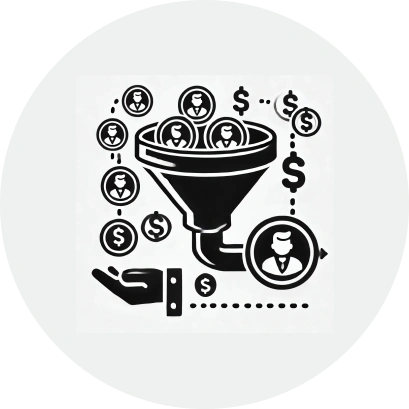The Definitive Guide to Community Management: Strategies, Tasks, and Best Practices
In today’s digital-first world, community management is a crucial part of a successful brand strategy.
It involves fostering relationships with your online audience to create a sense of belonging and loyalty
around your brand. By proactively managing conversations, addressing customer concerns, and encouraging
engagement, businesses can strengthen their reputation and digital presence.
This guide explores the core tasks, benefits, and strategies of effective community management, along
with tips on how to build thriving online communities.
What is Community Management?
Community management is the practice of creating and maintaining meaningful connections with customers, followers, and stakeholders across online platforms. It focuses on two-way communication, allowing brands to listen, respond, and engage with their audience in real-time. Unlike social media marketing, which often emphasizes content promotion, community management prioritizes dialogue and relationship-building. This includes monitoring brand mentions, replying to comments and reviews, and cultivating a supportive and engaged community.
Core Tasks of Community Management
Community management requires a combination of monitoring, engagement, and moderation. Here are the key tasks that define effective community management:
Monitoring involves keeping track of brand mentions, hashtags, and industry conversations across various platforms. It helps brands stay informed about what customers are saying and allows for timely responses to both positive and negative feedback.
Social listening platforms like Hootsuite, Sprout Social, and Brandwatch.
Early detection of potential issues, insights into customer sentiment, and identification of trending topics.


Active engagement helps brands build trust and loyalty. This includes responding to comments, direct messages, and reviews to show that the brand values its audience.
Moderation ensures that community guidelines are followed and that discussions remain respectful. This involves removing spam, offensive content, or misinformation to maintain a safe and welcoming environment.


Community managers can encourage user-generated content (UGC) by spotlighting customer stories, testimonials, and creative posts. This builds social proof and fosters a sense of community ownership.
Benefits of Community Management
Investing in community management can lead to significant advantages for your brand. Below are the key benefits:

1. Builds Brand Loyalty and Advocacy
Engaging consistently with your community helps deepen relationships and turn customers into loyal advocates. When users feel heard and valued, they’re more likely to recommend your brand to others.

2. Enhances Customer Support Experience
By addressing questions and concerns in real-time, community managers improve the customer support experience. Quick responses can prevent minor issues from escalating your commitment to service.

3. Strengthens Social Proof and Reputation
Positive interactions within your community serve as social proof. When prospective customers see others praising your brand or sharing success stories, they’re more likely to trust and choose your business.

4. Provides Valuable Insights
Community feedback offers valuable insights into customer needs, preferences, and pain points. These insights can inform product development, marketing strategies, and customer experience improvements.
Pro Strategies for Effective Community Management
To maximize the impact of your community management efforts, implement the following strategies:
1. Launch Exclusive Community Events or Initiatives
Create special events or initiatives that reward community members for their engagement. Examples include live Q&A sessions, product launches, and virtual meetups.
- Goal: Foster a sense of exclusivity and belonging.
- Tip: Promote events through email newsletters and social media posts.
2. Offer Incentives for Active Engagement
Encourage users to participate in discussions by offering rewards such as discounts, loyalty points, or exclusive content. Gamification elements like badges and leaderboards can also drive engagement.
- Example: Recognize top contributors with shoutouts or VIP perks.
- Impact: Increased interaction and sustained community growth.
3. Use Community Management Tools
Leverage tools that streamline community management tasks, such as monitoring, scheduling, and analytics. These tools help community managers save time and maintain consistency across platforms.
- Hootsuite: For social media scheduling and monitoring.
- Sprout Social: For social listening and performance tracking.
- Discord/Slack: For building private communities with real-time chat.
4. Collaborate with Influencers and Ambassadors
Partnering with influencers or brand ambassadors can help strengthen your community. These individuals can introduce your brand to new audiences and drive authentic conversations.
- Best Practices: Ensure that ambassadors align with your brand values and messaging.
5. Develop Crisis Management Plans
Prepare for potential crises by creating a plan that outlines how to respond to negative situations. Quick, thoughtful responses can mitigate damage and protect your brand’s reputation.
- Identify potential risks.
- Draft response templates for common scenarios.
- Train community managers on escalation procedures.
Measuring Community Management Success
Tracking performance metrics helps evaluate the effectiveness of your community management efforts. Key performance indicators (KPIs) include:
1. Engagement Metrics
- Likes, Comments, Shares: Indicate how well your content resonates with the community.
- Response Time: Measures how quickly your team addresses comments and messages.
2. Growth Metrics
- Follower Count: Tracks the growth of your social media presence.
- New Community Members: Reflects the success of your outreach efforts.
3. Sentiment Analysis
- Customer Sentiment: Gauges the overall tone of conversations around your brand.
- Feedback Trends: Identifies recurring themes in customer feedback.
4. Conversion Metrics
- Leads Generated: Tracks inquiries, sign-ups, or sales driven by community engagement.
- Content Amplification: Measures how often user-generated content is shared or mentioned.
Common Challenges and Solutions
While community management offers many benefits, it also presents challenges. Here are common issues and how to address them:
1. Handling Negative Feedback
Solution: Acknowledge concerns promptly, offer solutions, and follow up to ensure satisfaction. Avoid defensive or dismissive responses.
2. Maintaining Engagement
Solution: Keep content fresh by experimenting with new formats, topics, and campaigns. Encourage UGC and interactive discussions.
3. Scaling Efforts
Solution: Use automation tools to handle repetitive tasks while dedicating more time to high-value interactions.
Community Management : FAQs
Community management involves engaging with your audience on social media platforms to build trust, loyalty, and meaningful relationships.
We respond to comments, messages, and queries promptly, ensuring a consistent and friendly tone that reflects your brand’s personality.
We manage platforms like Instagram, Facebook, LinkedIn, Twitter, and any other channels your brand uses.
Effective community management builds a loyal customer base, improves brand perception, and encourages word-of-mouth marketing.
Yes, we address complaints professionally and resolve them quickly to ensure a positive customer experience.
We work closely with you to understand your brand’s tone and guidelines, ensuring consistency across all interactions.
Yes, by actively engaging with your audience, we foster meaningful connections that lead to higher engagement rates.















